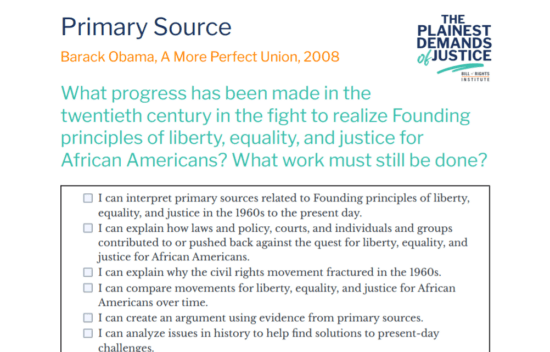



The Modern Presidency
36 items

Theodore Roosevelt and the Bully Pulpit
Lesson - 2 Activities
Lesson
2 Activities
50 Min
While many of President Theodore Roosevelt’s predecessors saw themselves as servants of Congress, Roosevelt saw the President as the servant or agent of the people. He transformed the legislative role of the President from nominal legislative advisor to outspoken advocate of policies that he thought would strengthen America. Where the Founders believed that powers not granted were forbidden, Roosevelt asserted that powers not forbidden were granted. He was aware that he was shaping the Presidency in a way his detractors would criticize. In his autobiography, Roosevelt wrote that he did not “usurp” power, but that he did “greatly broaden” executive authority. One way he did this was to use his position as a “bully pulpit.”
50 Min

Remember the Maine! Theodore Roosevelt and the Rough Riders
Essay - 2475 Words
Essay
2475 Words
By the end of this section, you will explain the effects of the Spanish-American War.
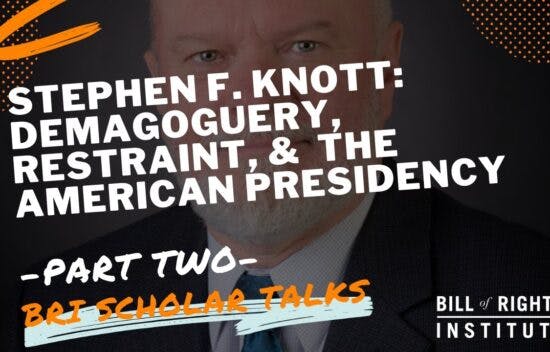
Stephen F. Knott: Demagoguery, Restraint, and the American Presidency Part 2 | BRI Scholar Talks
Video
Video
37 Min
How does a constitutional presidency reflect admirable qualities, and, alternatively, how can a "populist presidency" degrade the office? In a two-part series, BRI Senior Teacher Fellow Tony Williams is joined by author and professor in the National Security Affairs Department at the Naval War College, Stephen Knott, to explore these questions by looking back at the most significant presidents in American history and how they defined their times in office. In Part Two of their discussion, Knott explains how "populist presidency" expanded in the 20th century with idealistic leaders like Woodrow Wilson, while presidents William Howard Taft and Dwight Eisenhower upheld a healthy balance of power and restraint. Knott is the author of "The Lost Soul of the American Presidency: The Decline into Demagoguery and the Prospects for Renewal."
About Stephen F. Knott:
Stephen F. Knott is a professor in the National Security Affairs Department at the Naval War College. He co-chaired the Presidential Oral History Program at the Miller Center of Public Affairs at the University of Virginia. He has taught teachers for many years at the graduate school program at the Ashbrook Center of Ashland University. He has written numerous books including "Washington and Hamilton: The Alliance That Forged America" and "Alexander Hamilton and the Persistence of Myth." He is currently at work on a book on the presidency of John F. Kennedy.
37 Min

The Election of 1912
Essay - 2419 Words
Essay
2419 Words
By the end of this section, you will compare the goals and effects of the Progressive reform movement.
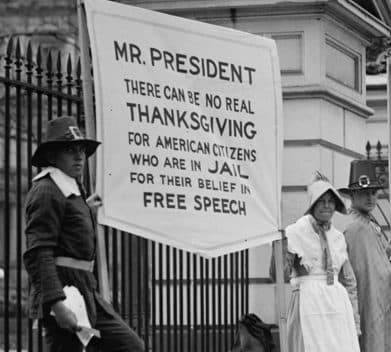
Woodrow Wilson and the Espionage Act
Lesson - 5 Activities
Lesson
5 Activities
85 Min
President Woodrow Wilson worried about the influence of subversive elements in the United States—including at first German-Americans and Irish-Americans, and later socialists, communists, and anarchists. In 1915, Wilson asked Congress to pass laws designed to “crush out” the “creatures of passion” who he believed might topple the US government. Congress heeded this call with the Espionage Act of 1917, amended by the Sedition Act in 1918. Criticized by some as unconstitutional, these laws were defended by Wilson and Congress as war measures to enhance the security of the United States.
85 Min
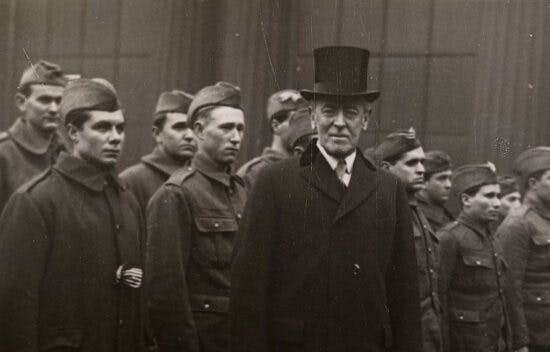
Woodrow Wilson’s Fourteen Points, 1918
Activity
Activity
40 Min
Use this primary source text to explore key historical events.
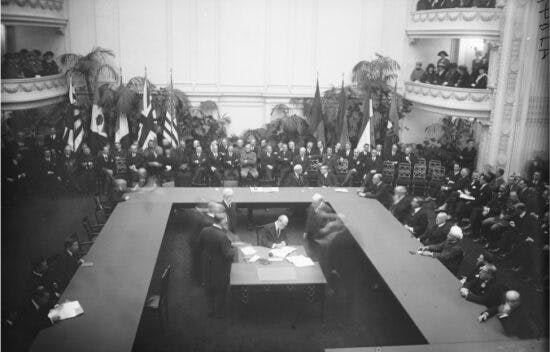
U.S. Foreign Policy between the Wars
Essay - 2213 Words
Essay
2213 Words
By the end of this section, you will explain the similarities and differences in attitudes about the nation's proper role in the world.

“Silent Cal” Coolidge
Essay - 2498 Words
Essay
2498 Words
By the end of this section, you will explain the causes and effects of developments in popular culture in the United States over time.
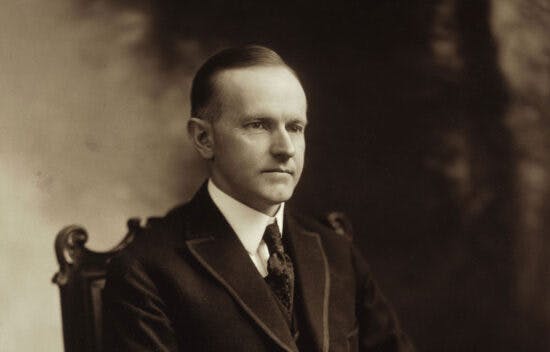
Calvin Coolidge, Reducing the Debt, and Integrity
Lesson - 1 Activities
Lesson
1 Activities
45 Min
How is Calvin Coolidge an example of integrity for students today?
45 Min
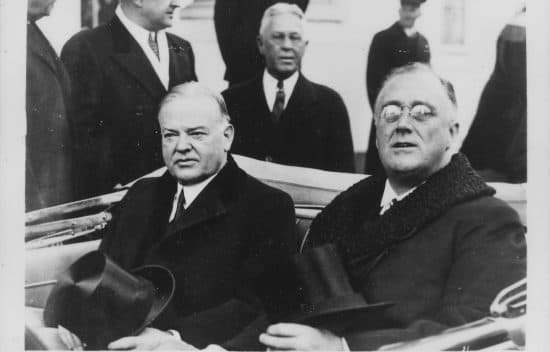
Herbert Hoover, Franklin D. Roosevelt, and the Great Depression
Lesson - 3 Activities
Lesson
3 Activities
50 Min
Perhaps no two Presidents in American history had such radically different views about the constitutional powers of the federal government than Herbert Hoover and Franklin Delano Roosevelt. Hoover believed in a limited federal power whose chief purpose was to foster individual liberty and responsibility, while Roosevelt believed that the federal government had broad powers to promote the general welfare. Each President drew upon his views of federal power in his approaches to solving the problems posed by the Great Depression. In this lesson, students will examine the public speeches of each man to better understand their views of the primary purposes and powers of the federal government, a debate which continues today.
50 Min
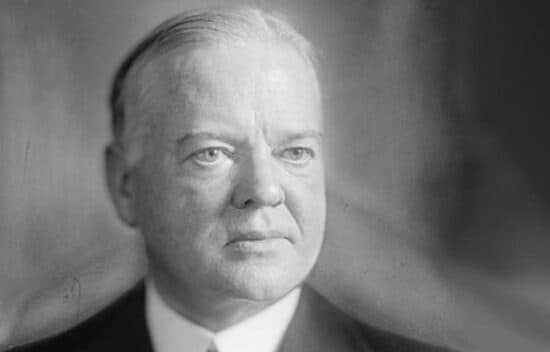
Should Herbert Hoover Be Considered an Activist President?
Activity
Activity
40 Min
Did Herbert Hoover use unprecedented federal power to try to stymy the calamities of the Great Depression or was he a conservative who tried to uphold the traditional governing structure of the country? Glen Jeansonne and Michael Parrish debate the question.
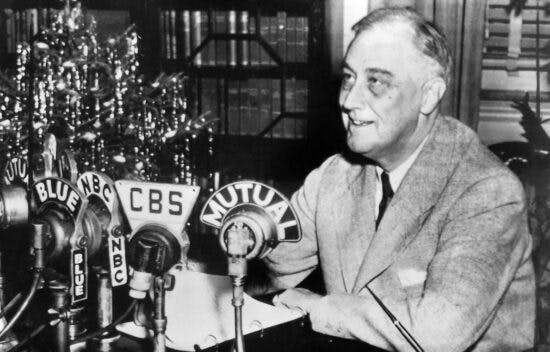
Franklin Roosevelt, Second Bill of Rights, 1944
Activity
Activity
40 Min
Use this primary source text to explore key historical events.

Eleanor Roosevelt and Marian Anderson
Essay - 1922 Words
Essay
1922 Words
By the end of this section, you will explain how the Great Depression and the New Deal impacted American political, social, and economic life over time.
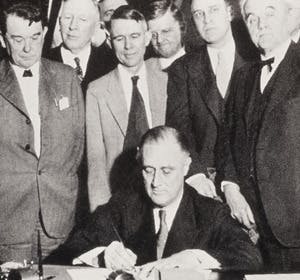
The New Deal
Lesson - 5 Activities
Lesson
5 Activities
The election of Franklin D. Roosevelt in 1932 resulted in the New Deal he proposed, a fundamental shift in the American political economy and a new conception of the relationship between the government and the governed.

Harry S. Truman, “Truman Doctrine” Address, March 1947
Activity
Activity
40 Min
Use this primary source text to explore key historical events.

Dwight D. Eisenhower and the Little Rock Crisis
Lesson - 4 Activities
Lesson
4 Activities
100 Min
The Supreme Court case of Brown v. Board of Education (1954), with its declaration that segregated public schools were unconstitutional, overturned decades of precedent and challenged deeply-held social traditions. Southern resistance to the decision was widespread. President Dwight D. Eisenhower was not enthusiastic about federal judicial intervention in public education, but he carried out his constitutional responsibility to enforce the law by implementing desegregation in the District of Columbia. Not all state governments were quick to comply with the Supreme Court’s order to integrate “with all deliberate speed” and many fought against it openly. Arkansas Governor Orval Faubus ordered his state’s National Guard to block the entry of nine newly-enrolled African American students to Central High School in Little Rock. A violent mob gathered in front of the school, and city police failed to control it. Finally, when asked for assistance by the Mayor of Little Rock, President Eisenhower believed his constitutional duty to take care that the laws were faithfully executed left him no choice but to intervene, even to the point of using military force against American citizens.
100 Min
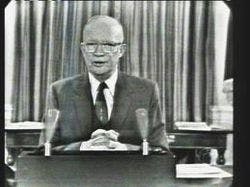
Dwight D. Eisenhower, Farewell Address, January 1961
Activity
Activity
40 Min
Use this primary source text to explore key historical events.

Kennedy vs. Nixon: TV and Politics
Lesson
Lesson
Use this lesson with The Nixon-Khrushchev Kitchen Debate Narrative and the Richard Nixon, "Checkers" Speech, September 1952 Primary Source to have students analyze the impact television made on the perception of politicians in the 1950s and 1960s.
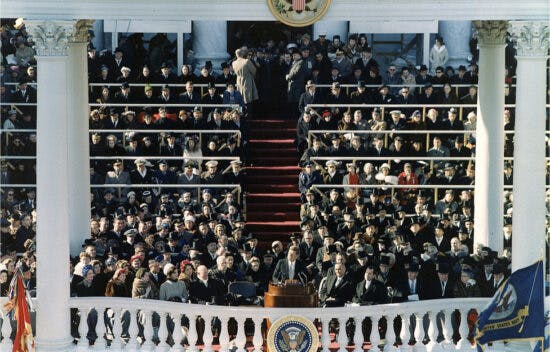
John F. Kennedy’s Inauguration
Essay - 2413 Words
Essay
2413 Words
Why is JFK's Inaugural Address so iconic?
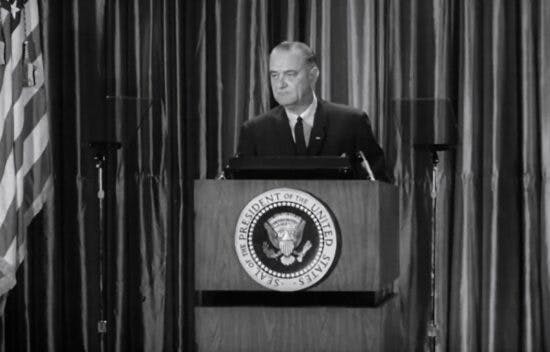
Lyndon B. Johnson, “Peace Without Conquest,” April 7, 1965
Activity
Activity
40 Min
Use this primary source text to explore key historical events.

Lyndon B. Johnson’s Decision Not to Run in 1968
Essay - 2123 Words
Essay
2123 Words
Why did LBJ decide not to run for president in 1968?
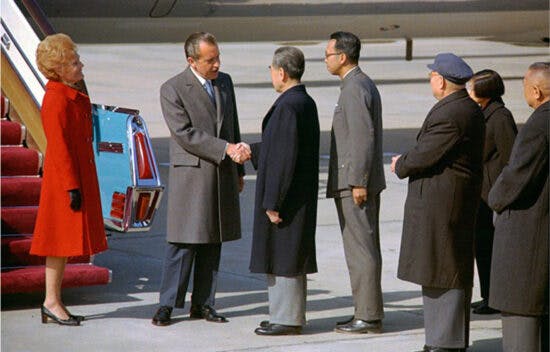
Richard Nixon Opens Diplomatic Relations with China
Essay - 2643 Words
Essay
2643 Words
Why did President Nixon visit China during the 1970s?
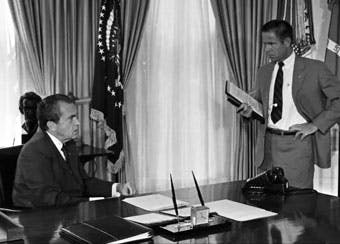
Nixon Tapes: The “Smoking Gun” Tape, 1972
Activity
Activity
40 Min
Use this primary source text to explore key historical events.
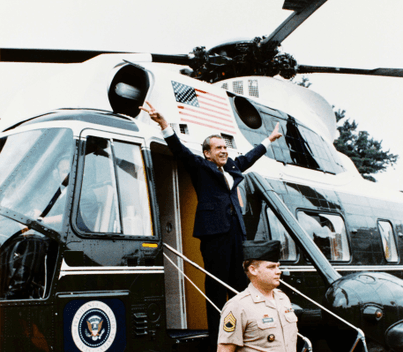
The Resignation of Richard Nixon
Lesson - 2 Activities
Lesson
2 Activities
50 Min
Shortly before Richard Nixon was re-elected President in 1972, individuals connected with his re-election campaign were arrested while breaking into Democratic Party Headquarters at the Watergate office complex in Washington DC. Nixon was re- elected by an overwhelming margin, but questions surrounding his knowledge of the break-in, and his attempt to cover it up would not go away. During these investigations, Nixon’s Vice President, Spiro Agnew, was forced to resign on unrelated corruption charges. According to the Twenty-Fifth Amendment, the President must nominate a new Vice President when that office becomes vacant, and both houses of Congress must approve that Vice President. Because few in Congress believed that Nixon’s presidency would survive, key members of Congress told Nixon to nominate as Vice President a distinguished Republican Member of Congress, Gerald Ford. After Nixon’s resignation, Ford was sworn in as President and made the extremely unpopular decision of issuing Nixon a full pardon “for all offences against the United States.”
50 Min
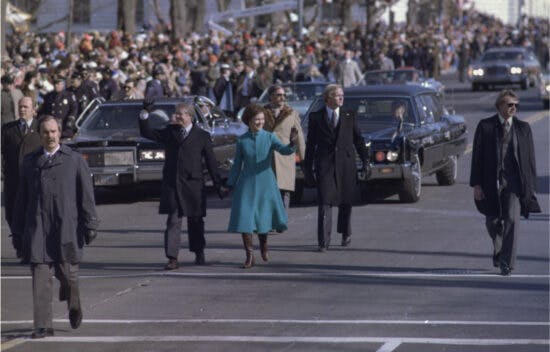
Jimmy Carter and the “Malaise” Speech
Essay - 2568 Words
Essay
2568 Words
How did the "Malaise" speech impact Carter's presidency?
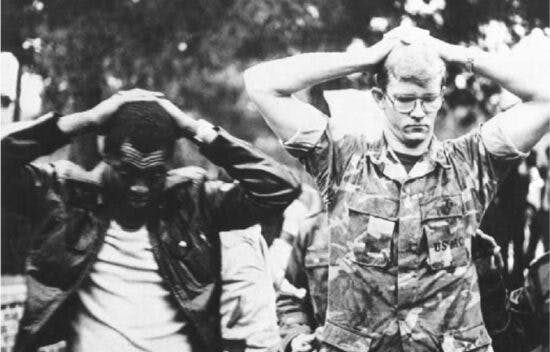
Jimmy Carter and the Iran Hostage Crisis
Essay - 2387 Words
Essay
2387 Words
Explores the Iranian Hostage Crisis.

Ronald Reagan and Supply-Side Economics
Essay - 2170 Words
Essay
2170 Words
Did supply-side economics end stagflation?
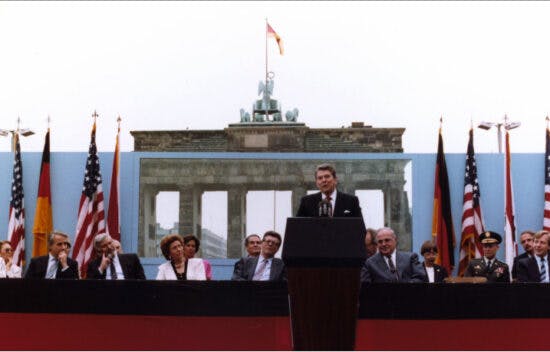
“Tear Down This Wall”: Ronald Reagan and the End of the Cold War
Essay - 2586 Words
Essay
2586 Words
How did President Reagan help win the Cold War?
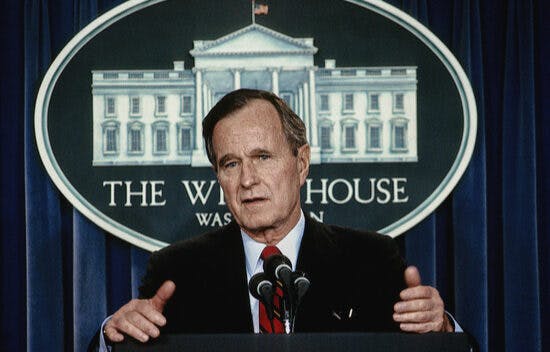
George H. W. Bush, Address to the United Nations General Assembly, September 23, 1991
Activity
Activity
40 Min
Use this primary source text to explore key historical events.

The 1992 Presidential Election and the Rise of Democratic Populism
Essay - 2592 Words
Essay
2592 Words
Who ran for president in 1992?
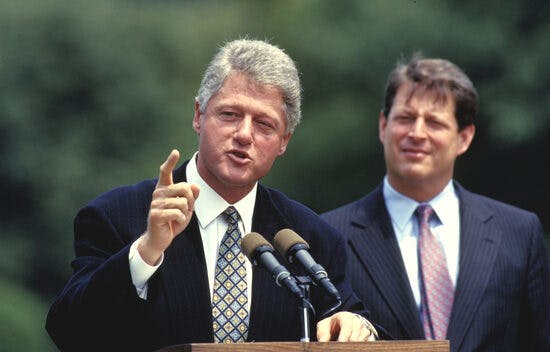
The Impeachment of Bill Clinton
Lesson - 4 Activities
Lesson
4 Activities
50 Min
In the highly charged partisan politics of the 1990s, President Bill Clinton’s personal indiscretions led to the second impeachment trial in our history. Independent Counsel Kenneth Starr was investigating Clinton’s pre-presidential financial dealings. In a separate case, Clinton was being sued by Paula Jones for sexual harassment. Jones called a young White House intern named Monica Lewinsky who had been having an relationship with the President to give testimony. Clinton denied the Lewinsky affair under oath in his deposition in the Jones case. This denial caught Starr’s attention, who suspected the President had committed perjury and obstructed justice. Starr assembled a grand jury and issued dozen of subpoenas, and eventually offered Lewinsky immunity in return for her testimony. When Clinton testified for Starr’s grand jury, he gave evasive answers. He ultimately admitted the Lewinsky affair to the American people that night. The House of Representatives impeached Clinton in 1998 on strict party lines, but in the Senate trial, Republicans fell far short of the two-thirds majority needed to convict.
50 Min

New Yorker Covers, 2001–2011 (Reflections on 9/11)
Activity
Activity
40 Min
Use this primary source imagery to analyze major events in history.

George W. Bush and the War on Terror
Lesson - 3 Activities
Lesson
3 Activities
50 Min
After the September 11, 2001 terrorist attacks on the United States, George W. Bush demanded that the Taliban government in Afghanistan turn over Osama bin Laden to the US as well as shut down Al-Qaeda training camps in the country. When the Taliban refused, Bush ordered strikes on the country. After hundreds of enemy combatants were captured on the battlefield in Afghanistan, in the US, and around the world, the question of how detainees in the War on Terror should be treated became problematic. Were accused terrorists criminals, or were they illegal combatants (aggressors guilty of breaking laws of war)? Bush’s answer to that question—that they were illegal combatants not entitled to due process protections of US law, but subject to Military Tribunals—became harder and harder to justify to the American people as time wore on.
50 Min
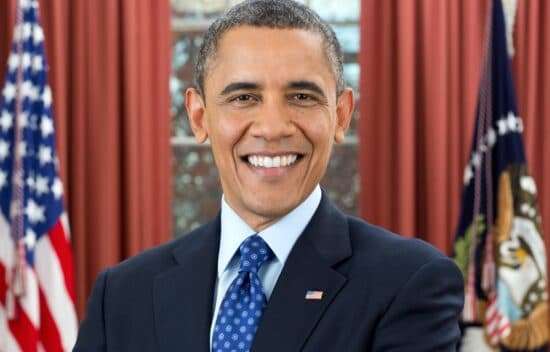
Barack Obama, Keynote Address at the Democratic National Convention, July 27, 2004
Activity
Activity
40 Min
Use this primary source text to explore key historical events.

